
Disappointed that most entry-level solid-state drives are limited in capacity, speed or both? You'll be happy with Samsung's newly unveiled SSD 840 EVO, then. While it's badged as a starter model, the 2.5-inch SATA drive carries up to 1TB of storage, or twice as much as the regular SSD 840. Thanks to both 10nm-class flash memory and a multi-core MEX memory controller, the EVO range is also faster than you'd expect from the category. Depending on the model, sequential write speeds have doubled or tripled versus the original series, peaking at 520MB/s; the flagship 1TB edition can read at a similarly blistering 540MB/s. Samsung doesn't yet have US pricing for the SSD 840 EVO line, although it expects the drives to reach "major" markets worldwide by early August, with other regions coming later.
Filed under: Storage, Samsung
Comments
Source: Samsung
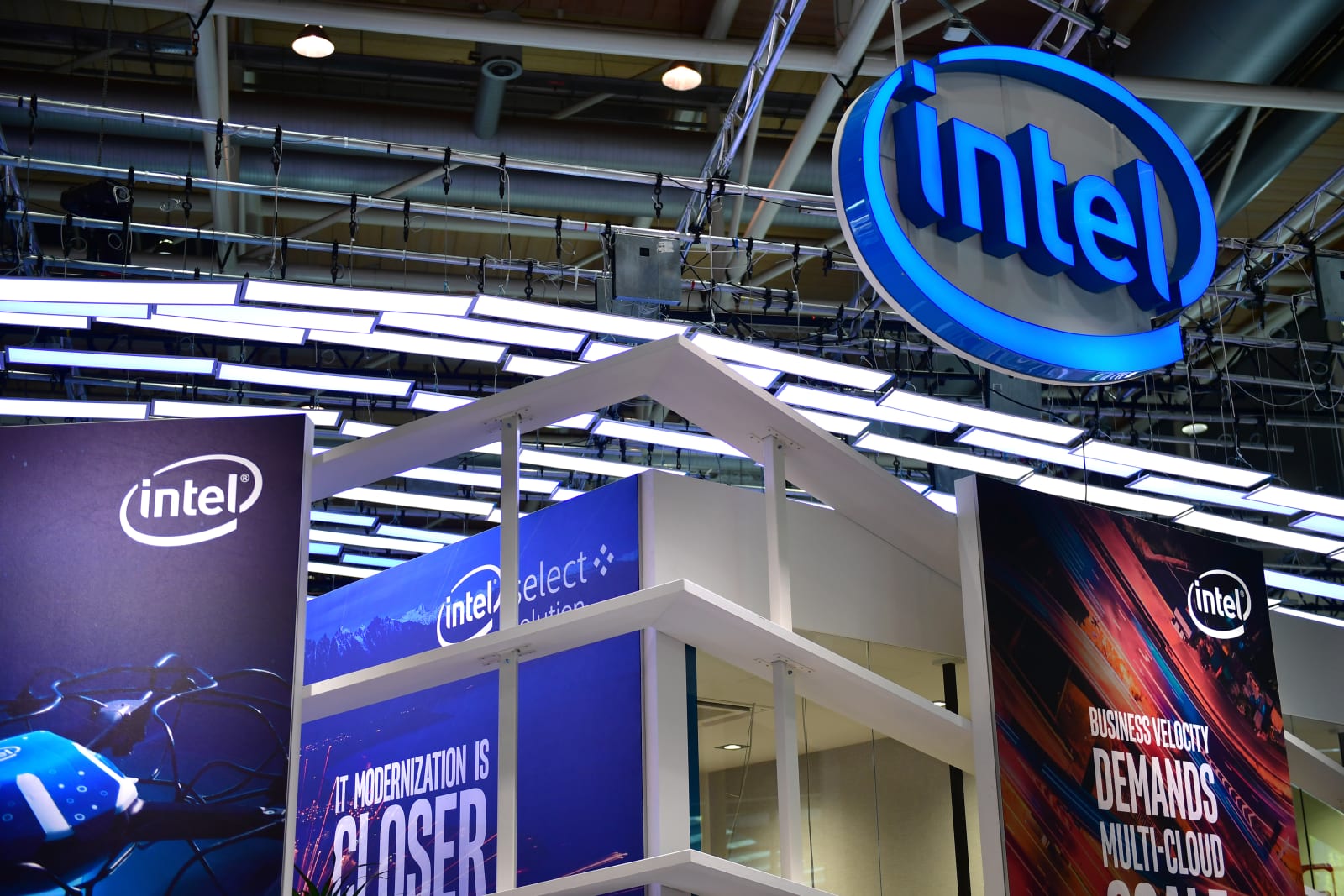 In December, Intel promised that its upcoming 10nm laptop CPUs will feature integrated graphics with over a teraflop worth of computing power. Ahead of its Computex keynote later this week, the company gave us a better sense of what that improvement...
In December, Intel promised that its upcoming 10nm laptop CPUs will feature integrated graphics with over a teraflop worth of computing power. Ahead of its Computex keynote later this week, the company gave us a better sense of what that improvement...
 In December, Intel promised that its upcoming 10nm laptop CPUs will feature integrated graphics with over a teraflop worth of computing power. Ahead of its Computex keynote later this week, the company gave us a better sense of what that improvement...
In December, Intel promised that its upcoming 10nm laptop CPUs will feature integrated graphics with over a teraflop worth of computing power. Ahead of its Computex keynote later this week, the company gave us a better sense of what that improvement...
 Intel is nearly ready to ship 10-nanometer processors in large volumes -- no, for real this time. After years of delays, the semiconductor giant has announced that its 10nm mobile Ice Lake processors will start shipping in June. It's not certain ju...
Intel is nearly ready to ship 10-nanometer processors in large volumes -- no, for real this time. After years of delays, the semiconductor giant has announced that its 10nm mobile Ice Lake processors will start shipping in June. It's not certain ju...
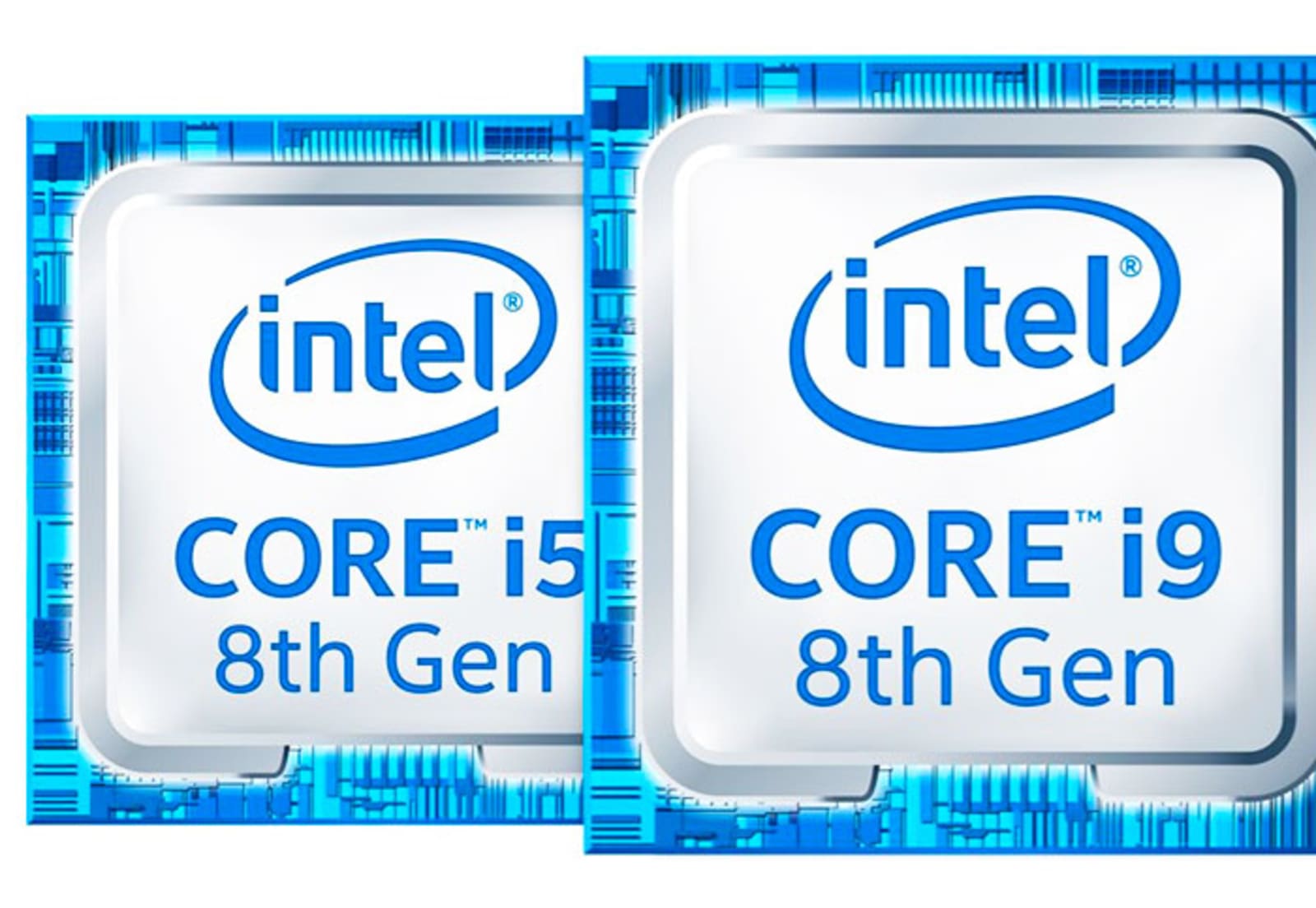 In an open letter, interim Intel CEO Bob Swan admitted the company's supply of CPUs for the "entry level" PC market is "undoubtedly tight," so if you have trouble finding a cheap laptop for the holiday season then you know why. Between consumers upgr...
In an open letter, interim Intel CEO Bob Swan admitted the company's supply of CPUs for the "entry level" PC market is "undoubtedly tight," so if you have trouble finding a cheap laptop for the holiday season then you know why. Between consumers upgr...
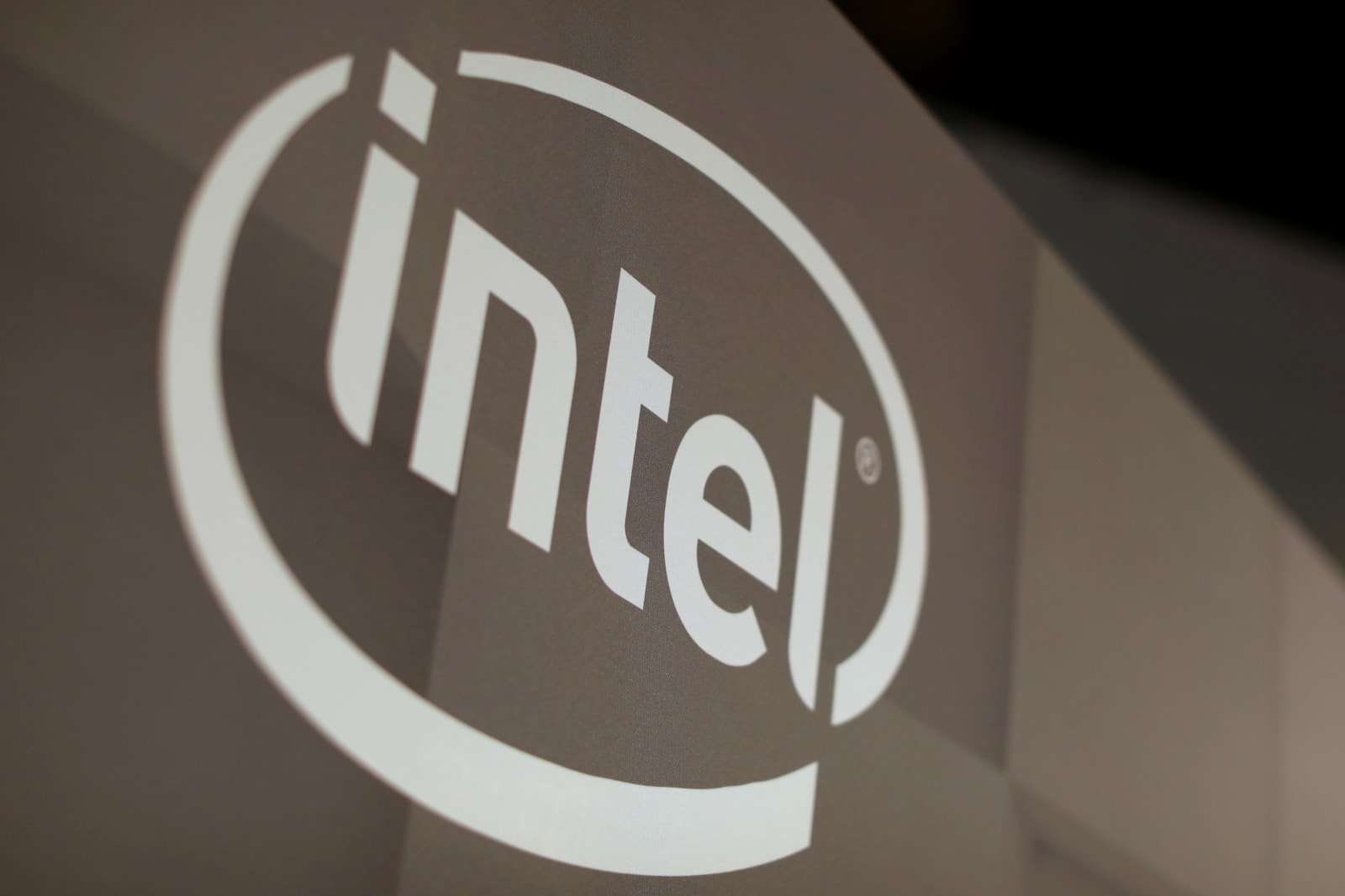 Around two years later and Intel is finally shipping its 10nm Cannon Lake CPUs. The chip itself is a bit of a bore, but given its legacy of delays and how long Intel has been talking about it, that they're finally being found in the wild is worth men...
Around two years later and Intel is finally shipping its 10nm Cannon Lake CPUs. The chip itself is a bit of a bore, but given its legacy of delays and how long Intel has been talking about it, that they're finally being found in the wild is worth men...
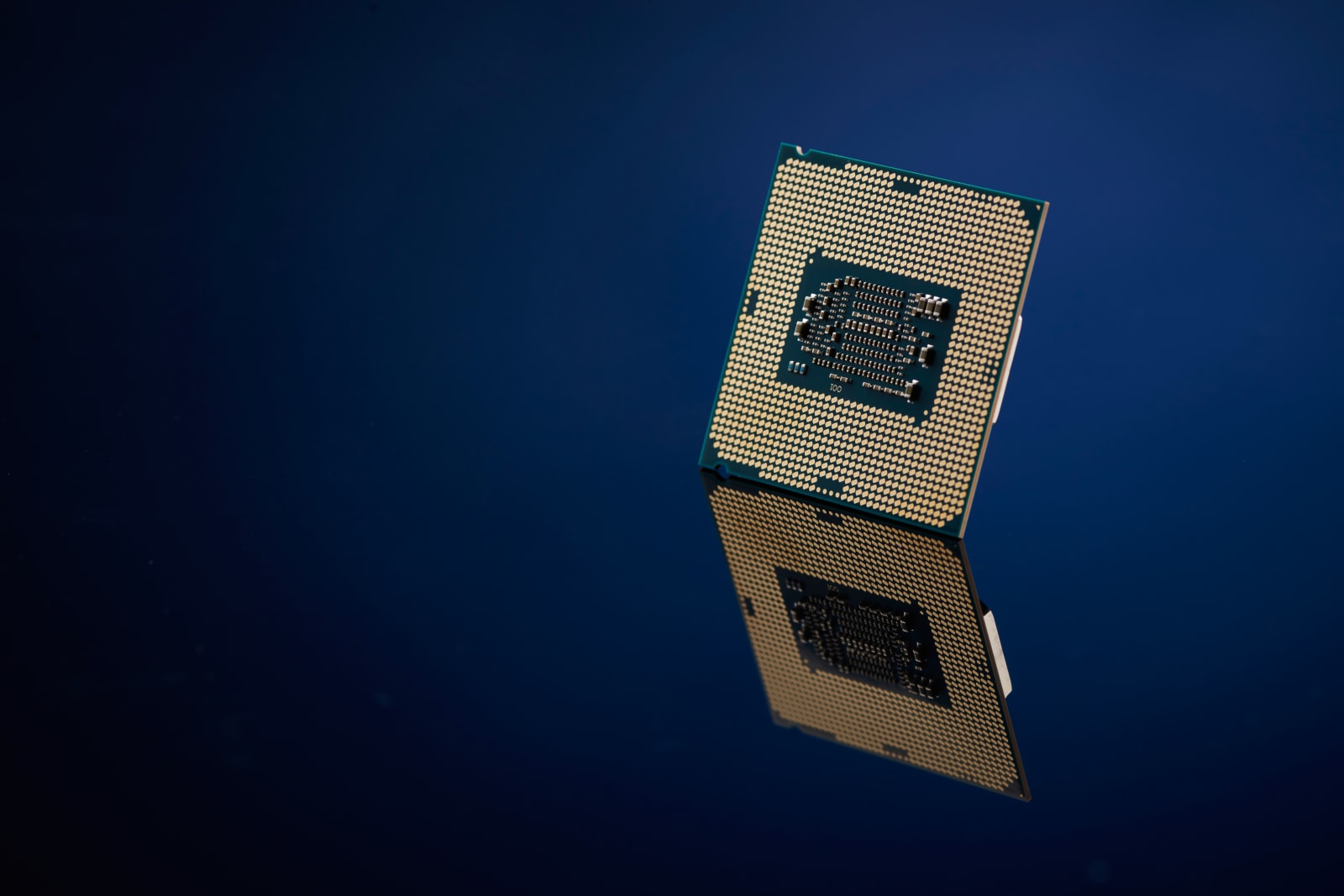 Intel still hasn't shipped its first 10-nanometer processors, but that isn't stopping it from teasing the next batch. The company's codename page has revealed Ice Lake, a series of chips built on a "10 nm+" (read: iterated 10nm) process. There's vi...
Intel still hasn't shipped its first 10-nanometer processors, but that isn't stopping it from teasing the next batch. The company's codename page has revealed Ice Lake, a series of chips built on a "10 nm+" (read: iterated 10nm) process. There's vi...
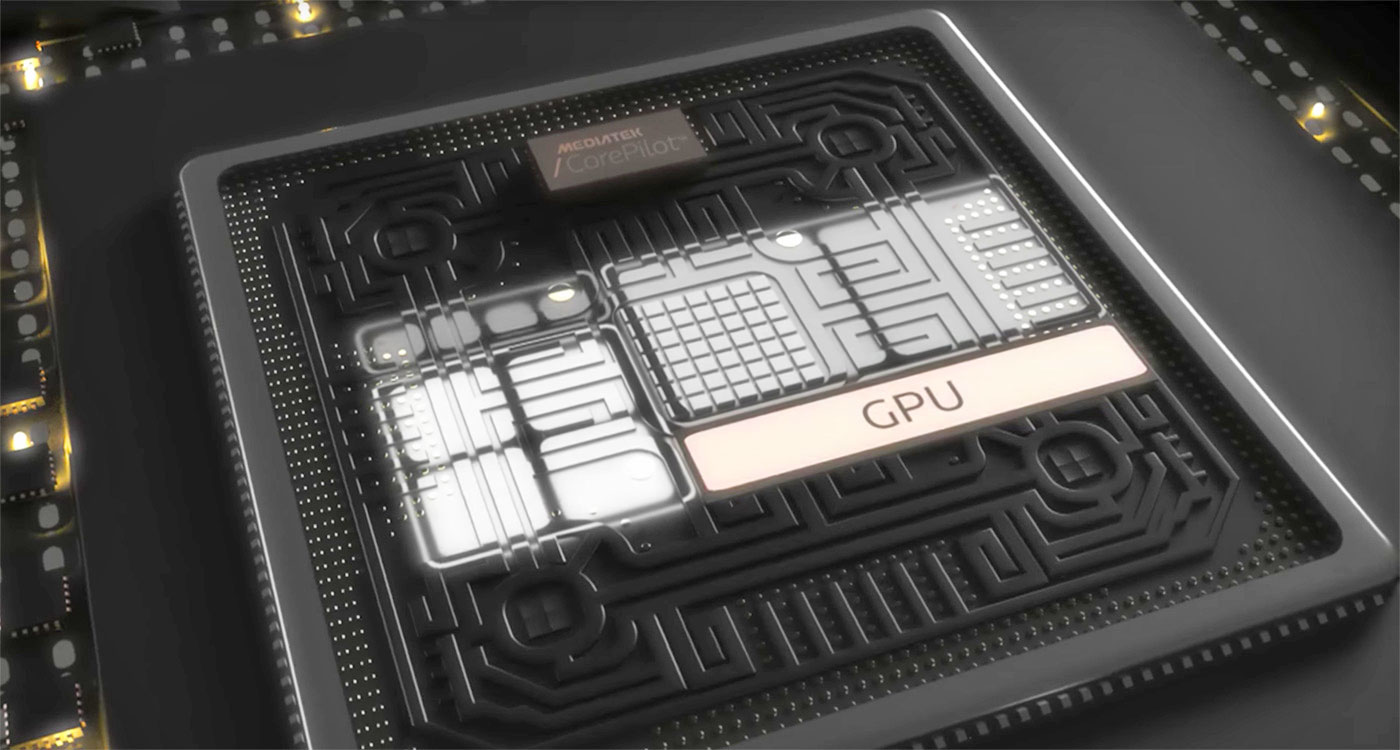 MediaTek's first 10-core chips, the Helio X20 and X25, didn't exactly storm the smartphone market last year, but the company isn't ready to give up just yet. Following MediaTek's initial announcement back in September, the new 10-core Helio X30 is no...
MediaTek's first 10-core chips, the Helio X20 and X25, didn't exactly storm the smartphone market last year, but the company isn't ready to give up just yet. Following MediaTek's initial announcement back in September, the new 10-core Helio X30 is no...
 While Samsung's customers (and stock price) are still reeling from the Galaxy Note 7 immolation debacle, the tech giant is focusing on the future. As such, the company has introduced a new type of memory that should "greatly improve mobile user exper...
While Samsung's customers (and stock price) are still reeling from the Galaxy Note 7 immolation debacle, the tech giant is focusing on the future. As such, the company has introduced a new type of memory that should "greatly improve mobile user exper...

